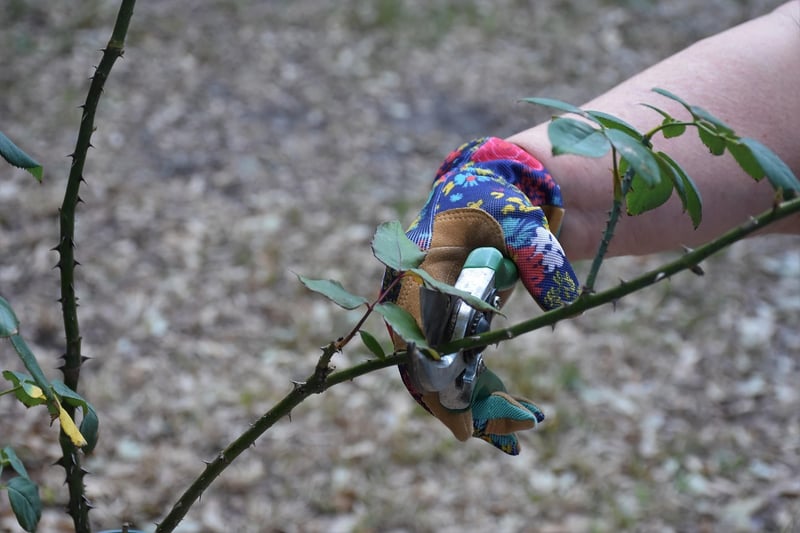Pruning Advice
Optimizing Plant Growth Through Proper Pruning Techniques
Proper pruning is essential for maintaining the health and vitality of your plants. By following the right techniques, you can ensure that your plants thrive and flourish. Here are some tips to help you optimize plant growth through effective pruning:
1. Understand the Basics of Pruning
Before you start pruning your plants, it's important to understand the basics. Pruning involves removing dead or overgrown branches to promote new growth and improve the overall health of the plant.
2. Use the Right Tools
Invest in high-quality pruning tools such as pruning shears, loppers, and saws. Make sure your tools are sharp and clean to make precise cuts without damaging the plant.
3. Timing is Key
Prune your plants at the right time of year. For most plants, early spring is the best time to prune before new growth begins. Avoid pruning during the fall as it can stimulate new growth that may be damaged by winter frost.
4. Remove Dead or Diseased Branches
Inspect your plants regularly and remove any dead or diseased branches. This will prevent the spread of disease and encourage healthy growth.
5. Promote Air Circulation
Prune your plants to improve air circulation. This helps prevent fungal diseases and promotes overall plant health.
6. Encourage Flowering and Fruit Production
Prune flowering plants after they bloom to encourage new growth and more blooms. For fruit-bearing plants, prune to remove old wood and encourage fruit production.
7. Seek Professional Advice
If you're unsure about how to prune a specific plant, don't hesitate to seek advice from a professional gardener or nursery. They can provide guidance on the best pruning practices for different plant species.
Conclusion
By following these pruning tips, you can ensure healthy plant growth and maintain the beauty of your garden. Remember, proper pruning not only enhances the appearance of your plants but also contributes to their overall well-being.

Happy pruning!
